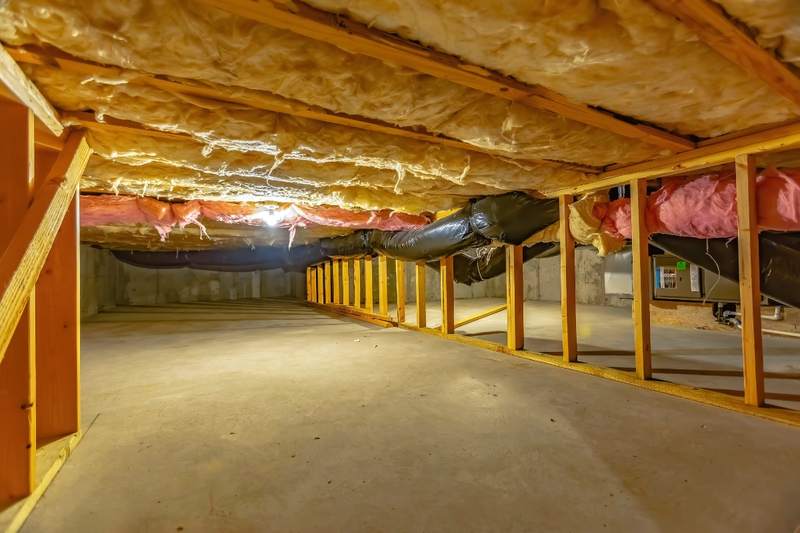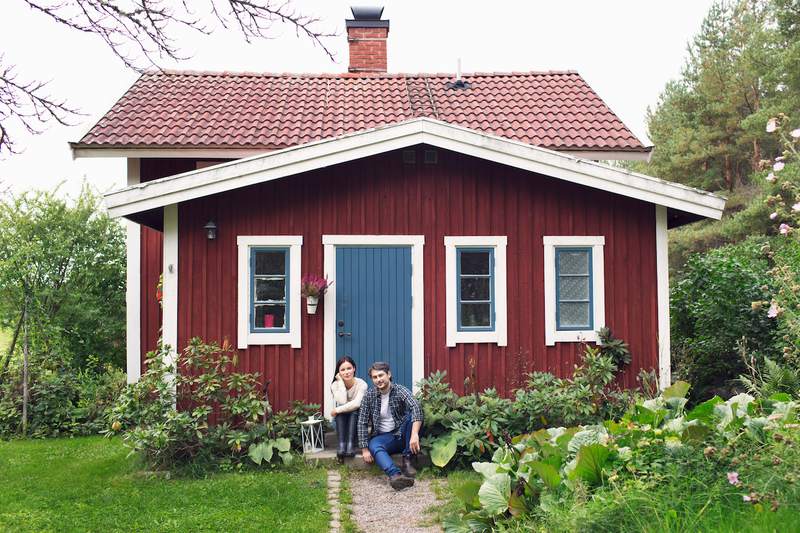
By definition, a fixed-rate mortgage is a home loan where your interest rate gets locked in from the start and never changes. As a result, the principal and interest charges in your monthly payment remain stable over the life of the loan. There are no surprises with a fixed-rate mortgage.
How Does a Fixed-Rate Mortgage Work?
The interest rates that mortgage lenders offer are always changing. Getting a fixed-rate mortgage allows you to keep paying the same interest rate even if market conditions fluctuate. If you get an adjustable-rate mortgage, then you could see your monthly payment increase if interest rates go up.
Of course, the rates you can get also depend on your financial situation and whether lenders believe you’ll reliably repay your debts. They’ll look at things like your credit score, the size of your down payment, and the price of the home you want to buy.
Still, taking out a mortgage when interest rates are low can help you save a considerable amount of money over time.
Your loan term makes a difference
Another factor that influences your interest rate, the monthly payment on your mortgage, and the total amount of interest you’ll pay is your loan term. That’s the number of years it will take for you to pay off your mortgage. While lenders can offer fixed-rate mortgages with various repayment periods, the two most common loan terms are 30 years and 15 years.
In general, the longer your loan term, the more interest you’ll have to pay. With shorter loan terms, you’ll pay less interest overall, but your monthly payments are higher.
To illustrate the differences in costs, let’s consider an example with a $375,000 home and 20% down payment:
Fixed-Rate Mortgage Cost Comparison
| Loan amount | Interest rate | Loan term | Monthly payment | Total interest paid |
| $300,000 | 4% | 30 years | $1,432 | $215,609 |
| $300,000 | 4% | 15 years | $2,219 | $99,431 |
| $300,000 | 5% | 30 years | $1,610 | $279,767 |
| $300,000 | 5% | 15 years | $2,372 | $127,029 |
Pros and Cons of a Fixed-Rate Mortgage
A few benefits of having a fixed-rate mortgage include:
- You can hold on to a better rate. If interest rates start going up and you have a fixed-rate mortgage, you don’t need to worry about paying more for your loan.
- More financial stability. Since your monthly principal and interest payments won’t change with a fixed-rate mortgage, you’ll know from the start what you’ll owe each month — making it easier to budget for the long term.
- Less risk. Knowing what your monthly payment will be over the entire loan term means that you’re better able to determine whether you can afford the mortgage.
It’s also important to understand the downsides of having a fixed-rate mortgage, such as:
- A higher initial rate. Fixed-rate mortgages often start off with a more expensive interest rate compared to adjustable-rate mortgages.
- You can get stuck with a bad rate. If you take out a mortgage when interest rates are especially high, then you’ll continue to pay that rate if they drop — unless you refinance.
When Would It Be Better To Choose a Fixed-Rate Mortgage?
A fixed-rate mortgage can be a great choice if you’re looking for certainty in your monthly payments and planning to live in the same place for a long time. Locking in your rate also can be a savvy move when market interest rates are low. That way, you’ll continue to benefit from that lower rate even if the market changes.
Fixed-Rate Mortgage FAQ
Here are the answers to some frequently asked questions about fixed-rate mortgages.











